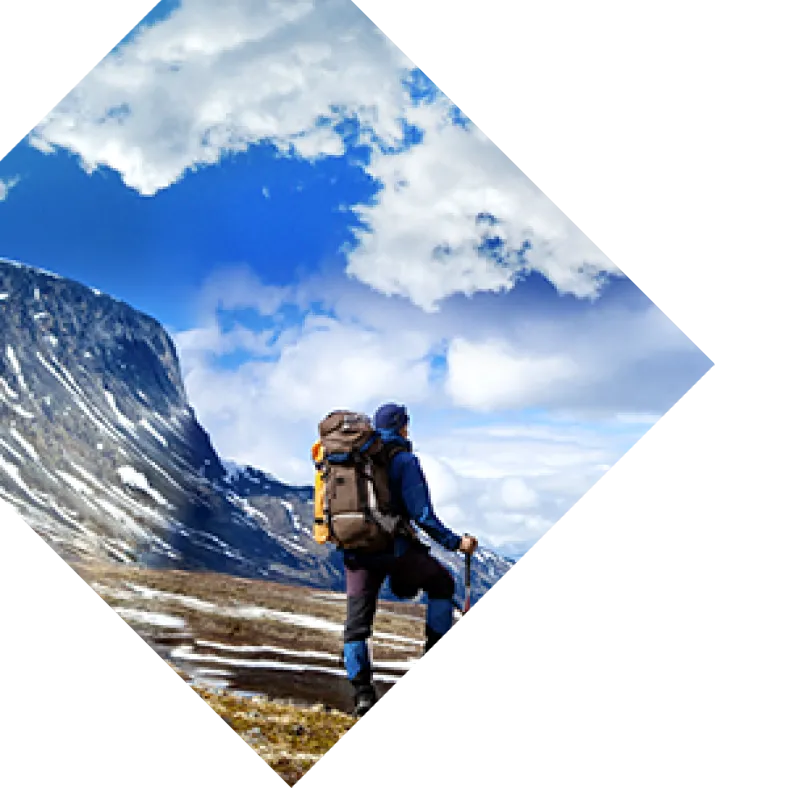After years of seasonal work near National Parks interspersed with months of traveling, I recently started working a 9-to-5 job office job. The nomadic life was starting to wear on me and it was time to plant some roots. Nevertheless, the need for adventure and connection with the outdoors tugs at me—hard. Now, instead of having weeks of free time in between seasonal gigs, I only have nights, weekends, or mere hours to play with. Like most people do. Still, it’s vital for me to take those pockets of free time and turn them into little adventures close to home. The urge to do something wild and free in the midst of routine is sometimes overpowering. And I know I’m not alone in that feeling. Between work, commuting, family commitments, and other responsibilities, it’s easy to get caught up in the daily grind. Everyone needs a break once in awhile, a little burst of adventure to refresh the senses and the mind. Enter the “microadventure”.
What is a Microadventure?
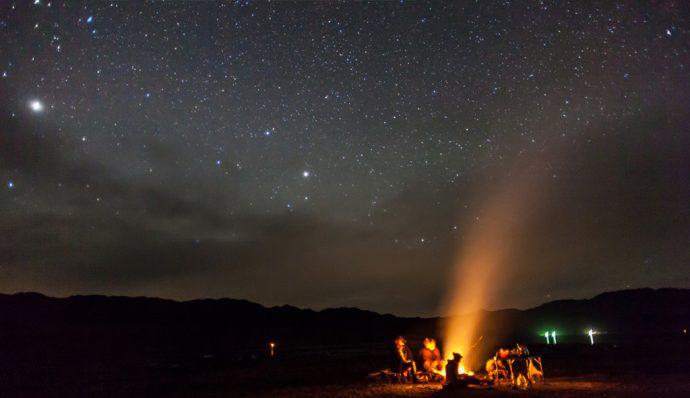 The term microadventure was popularized by Alastair Humphreys, a British traveler and author who was named a National Geographic Adventurer of the Year for his work in this field. Humphreys has done a lot of things many people would deem crazy—canoeing 500 miles down the Yukon River, bicycling for four years around the world, and rowing across the Atlantic Ocean, just to name a few. In 2011, he decided to downsize his adventures and focus on helping regular people get outdoors. He realized that not everyone can manage extensive, overly ambitious journeys, but most everyone can have cheap, short adventures close to home. So he went about inspiring people to do just that. According to Humphreys, microadventures should be “fulfilling, challenging and worthwhile.” He challenged people to stop making excuses, and to think of possibilities rather than obstacles. Instead of feeling trapped in the “9-to-5” mindset, think of the “5-to-9” — those 16 hours of freedom that are yours. Even if it’s just once a month, take that time to do something different and connect with nature in a way that feels liberating. Rethink the outdoors and your schedule and what truly makes and adventure.
The term microadventure was popularized by Alastair Humphreys, a British traveler and author who was named a National Geographic Adventurer of the Year for his work in this field. Humphreys has done a lot of things many people would deem crazy—canoeing 500 miles down the Yukon River, bicycling for four years around the world, and rowing across the Atlantic Ocean, just to name a few. In 2011, he decided to downsize his adventures and focus on helping regular people get outdoors. He realized that not everyone can manage extensive, overly ambitious journeys, but most everyone can have cheap, short adventures close to home. So he went about inspiring people to do just that. According to Humphreys, microadventures should be “fulfilling, challenging and worthwhile.” He challenged people to stop making excuses, and to think of possibilities rather than obstacles. Instead of feeling trapped in the “9-to-5” mindset, think of the “5-to-9” — those 16 hours of freedom that are yours. Even if it’s just once a month, take that time to do something different and connect with nature in a way that feels liberating. Rethink the outdoors and your schedule and what truly makes and adventure.
Why Go on a Microadventure?
Routine can be comforting, but it can also be boring, unrewarding, and tiresome. I don’t know about you, but I’m constantly looking at screens—even now as I write this. Between emails at work, writing articles, checking my phone, and binging on Netflix, sometimes I realize I’ve spent all day staring at a screen. That’s not healthy. Yet it’s so easy to go about my day like this, and the next, and the next. I miss trees and campfires and the whoosh of my tent as it flaps in the wind. I trade the cold plunge of a crystal blue lake with the dull glow of technology. Suddenly, I look back and realize several days went by in a blur without any defining moments. I try not to let time pass in that way, but on busier weeks it does. And that’s when a microadventure starts whispering my name. Microadventures are the perfect way to take what free time you have and reconnect with nature and the simpler things in life. Sure, it’ll take some energy to break your routine, but push through the “what ifs” and “buts”. Better yet, find a friend to join you or hold you to your plan. Bring the family along. It’s totally worth it to set the reset button on your busy life and do something fun and distinctive that you can actually remember, even if it’s just a quick outing once or twice a month. The most important thing to keep in mind is that adventure does not depend on how far you go, or how challenging it is, or how much money you spend. Adventure is a state of mind. It can be found anywhere.
How to Plan a Microadventure: 10 Ideas
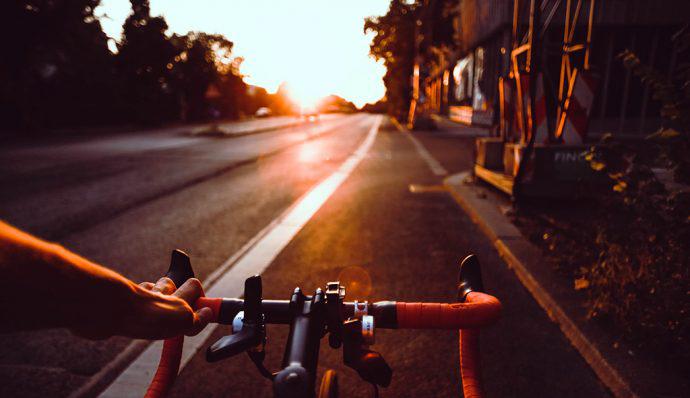 The best microadventures are simple. Just go outdoors and do something—do anything. You don’t have to be an expert explorer or an experienced outdoorsperson to enjoy a microadventure. That’s the beauty of them! Check out these microadventure ideas, or dream up your own:
The best microadventures are simple. Just go outdoors and do something—do anything. You don’t have to be an expert explorer or an experienced outdoorsperson to enjoy a microadventure. That’s the beauty of them! Check out these microadventure ideas, or dream up your own:
1. Change your commute
Instead of driving or taking public transportation, walk or bicycle to work. Spend the time outdoors instead of in a vehicle. You might be surprised by what you see on the way that you never noticed before. Walk your dog instead of surfing the web!
2. Sleep under the stars in your backyard
Even if you’re still technically at home, don’t underestimate the positive effects of sleeping outdoors. The last time I did this was when I was living in Arizona (and actually had a backyard). I simply brought a few blankets and pillows outside, and some friends and I fell asleep just like that. No worries, no fuss, just sleeping under the stars.
3. Sleep outdoors—anywhere
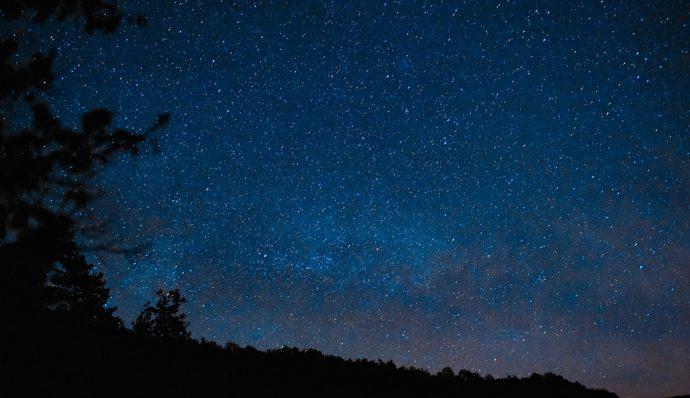 Want to sleep unsheltered, but your backyard doesn’t feel wild enough? Nature can be found within city limits, if you look for it. Whether or not you end up sleeping in true wilderness, the simple act of dozing outdoors is rejuvenating and even thrilling at times. You’ll get better at finding suitable overnight locations the more you do this. A good way to get going is to pull out a map of your area (or open Google Maps and look at satellite images if you don’t have a physical copy) and find a more rural region or a big hill in a less populated area of town. It might feel a little weird or scary to sleep outdoors in a settled area, but as long as you use common sense and courtesy, you should be fine. BLM land is perfectly suitable Learning how to read a topographic map and use a compass will open up even more possibilities when it comes to overnight microadventures. These tools will help you safely navigate unfamiliar terrain or trail-less landscapes, and more easily locate prime spots to spend the night. If you’d rather stick to a National Forest or park, Google “dispersed camping” in your area, and the search will pull up places nearby where you are allowed to camp away from designated campgrounds. Tip: You don’t need a full-fledged tent for this type of microadventure. A bivy, which is a minimalist shelter that fits one person, is perfect for outings like these. Plus, they’re a lot lighter, cheaper, and more packable than tents.
Want to sleep unsheltered, but your backyard doesn’t feel wild enough? Nature can be found within city limits, if you look for it. Whether or not you end up sleeping in true wilderness, the simple act of dozing outdoors is rejuvenating and even thrilling at times. You’ll get better at finding suitable overnight locations the more you do this. A good way to get going is to pull out a map of your area (or open Google Maps and look at satellite images if you don’t have a physical copy) and find a more rural region or a big hill in a less populated area of town. It might feel a little weird or scary to sleep outdoors in a settled area, but as long as you use common sense and courtesy, you should be fine. BLM land is perfectly suitable Learning how to read a topographic map and use a compass will open up even more possibilities when it comes to overnight microadventures. These tools will help you safely navigate unfamiliar terrain or trail-less landscapes, and more easily locate prime spots to spend the night. If you’d rather stick to a National Forest or park, Google “dispersed camping” in your area, and the search will pull up places nearby where you are allowed to camp away from designated campgrounds. Tip: You don’t need a full-fledged tent for this type of microadventure. A bivy, which is a minimalist shelter that fits one person, is perfect for outings like these. Plus, they’re a lot lighter, cheaper, and more packable than tents.
4. Go on a camping trip
If you think camping trips are only for the weekend, think again! Gather some friends and head to a campground after work one day. Generally speaking, most campsites tend to fill up on the weekends, so chances are, your little mid-week outing will open up first picks on the best spots. It’ll feel amazing to have a dose of wilderness and relaxation in between shifts. If the weather is nice, set up hammocks instead of tents. And s’mores. Don’t forget the s’mores.
5. Hike under a full moon
Use the light of the moon to illuminate a walk through nature. Enjoy the tranquility of night and a slower pace to truly soak in your surroundings. This is best done on a trail you know well. Check out our articles dos and don’ts of night hiking and hiking tips for beginners for advice on how to hike safely at night. Alternatively, take a moonlit stroll through your neighborhood or city, preferably on streets not lined with lights. Everything looks different under the glow of the moon. Same goes for a jog or soft light run. It’s your adventure so go when you’d like at a pace that works for you!
6. Find a spot on the map, and go there
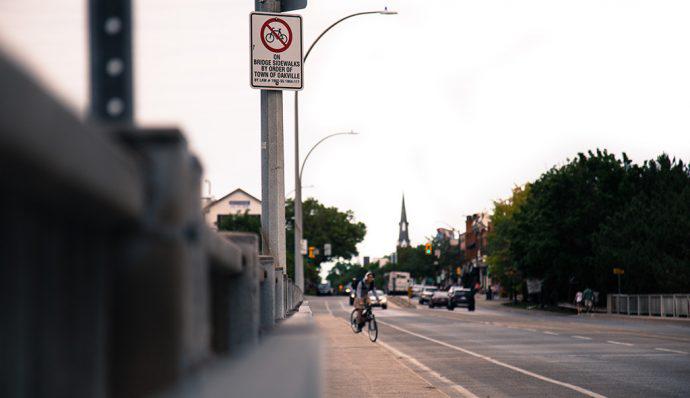 I’ve always dreamed of going up to a ticket counter at an airport and saying, “Give me a ticket for your next available flight,” and going there, no matter where it is. Sadly, I’ve never had the time or money to do something so spontaneous. This microadventure idea is the next best thing. Look at a map of your area, and choose a spot that you’ve never been. If it’s within city limits, walk or bike there. If it’s outside of the city, find a creative way to get there. The spot itself might be completely unremarkable, but adventure will undoubtedly arise during the journey. It’s all about your mindset and willingness to explore.
I’ve always dreamed of going up to a ticket counter at an airport and saying, “Give me a ticket for your next available flight,” and going there, no matter where it is. Sadly, I’ve never had the time or money to do something so spontaneous. This microadventure idea is the next best thing. Look at a map of your area, and choose a spot that you’ve never been. If it’s within city limits, walk or bike there. If it’s outside of the city, find a creative way to get there. The spot itself might be completely unremarkable, but adventure will undoubtedly arise during the journey. It’s all about your mindset and willingness to explore.
7. Go on an “arbitrary journey”
In his interviews and blogs, Alastair Humphreys talks a lot about going on “arbitrary journeys.” These are adventures that mean something to you, but would seem random otherwise. For example, Humphreys once decided to ride a bicycle from where his mother was born to where his father was born. It was a journey that he designed, but was really just an excuse to get outdoors and experience something new. Having a reason for going on an adventure, however arbitrary it might seem, is great because it can keep you inspired when you feel tired, or when the lure of the pub feels stronger than the desire to stay outside. Chase down something nostalgic or follow in the footsteps of something historic. Take pictures of landmarks or ride down memory lane. Embrace the silly plot.
8. Craft a beer can stove and cook dinner in nature
You don’t have to buy a backpacking stove to make a simple hot meal outdoors. Google “beer can stove” to learn how you can make a small stove with just an aluminum can, a pocketknife, and other everyday tools (depending on the design you choose). This setup will also require alcohol for fuel and a lightweight pot to boil water or heat up soup. Creating the stove is half the fun. Once you finish, find a spot in nature to make your meal and perhaps some tea. Food always tastes so much better outdoors! Better yet, stay out overnight and fall asleep to the sound of rustling trees or a trickling creek. Have kids? Pack a picnic and drive to a scenic overlook or visit local thrift stores to see about used camp stoves. Some public parks even have fire rings or barbecues. So gather the family and share a meal somewhere special.
9. Swim in a river or a lake
Swimming in fast-moving rivers can be dangerous, but some bodies of water are just meant to jump into. If there’s a river or lake nearby that’s calling your name, take the plunge and awake your senses. The ocean is also highly recommended if you live on the coast.
10. Take a train somewhere wild
This is easy to do if, like Alastair Humphreys, you live in Britain and trains go everywhere. In America, trains are few and far between, but not nonexistent. I once decided to go to Channel Islands National Park from Los Angeles, and camp on one of the islands for one night. Instead of driving to Ventura, where the ferries departed, I took an Amtrak train. Trains have a way of making a journey seem much more romantic. Taking the train allowed me to better observe the passing landscape, and journal and take photographs along the way. For me, reflecting on the journey is an important part of the experience. Trains make that a whole lot easier than driving, allowing passengers to focus on the horizon instead of the traffic jam.
Microadventure Kit: What You Need for a Successful Excursion
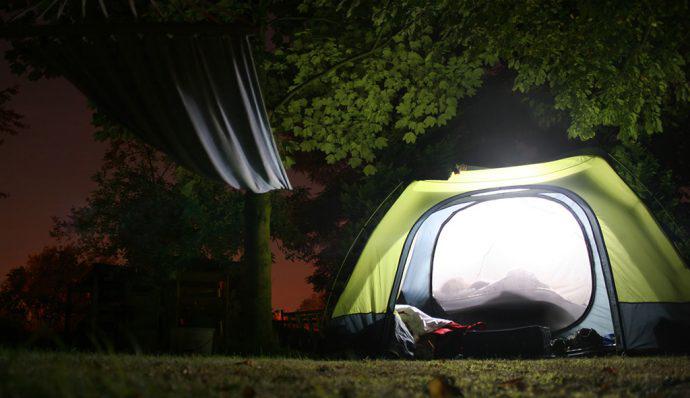 Since microadventures are short, you don’t need the fanciest or most expensive gear on the market. Still, you will need some rudimentary outdoor gear to have a fun and safe excursion. Here are the basics:
Since microadventures are short, you don’t need the fanciest or most expensive gear on the market. Still, you will need some rudimentary outdoor gear to have a fun and safe excursion. Here are the basics:
- Sleeping bag
- Sleeping pad
- Bivy, short for “bivouac sack”: Look for a bivy treated with a waterproof, breathable GORE-TEX laminate, in case of wet weather
- Warm hat and warm clothes in layers
- Waterproof jacket
- Comfortable and sturdy footwear, preferably waterproof hiking boots so you can go anywhere
- Food
- Water
- Map
- Flashlight
Check out my backpacking tips for beginners and camping tips for beginners articles for a more in-depth description of outdoor gear, clothing, and food. Whether you’re heading out on your own or bringing friends and family along, microadventures can be experienced by anyone, anywhere. Don’t think too much—just go. Adventure awaits.

